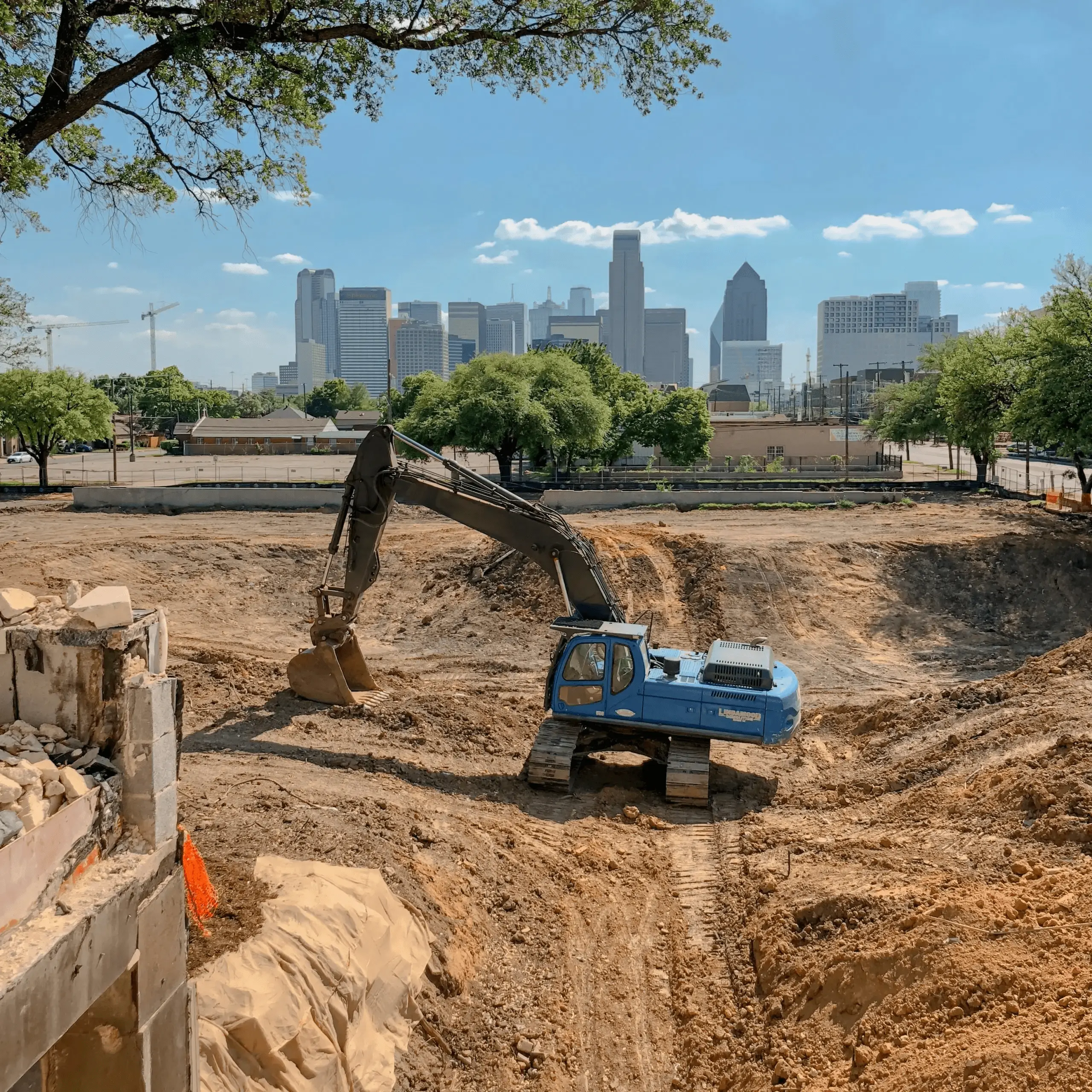
Since the dawn of the industry, equipment rental companies have long asserted the financial and operational advantages of renting over owning. And while the benefits of better affordability and availability are still cited to this day for good reason, rental companies can (and should) look beyond purely business concerns to justify their value to customers.
Recently, the European Rental Association published a report comparing the greenhouse gas emissions of rented and owned construction equipment. Regardless of your particular interest in climate change, the findings and implications of this report should be of great interest to everyone involved with the equipment rental industry.
Comparing Carbon Footprints
To conduct their study, the three research groups commissioned by the ERA identified ten assets representative of ERA member company fleets. They then estimated the lifetime carbon footprints of each asset across rented and owned scenarios. Based on these comparisons, the report ultimately found that rented assets produce significantly less CO2 than their owned counterparts.
As for why this is the case, the ERA’s report posits two primary explanations.
Greater Selection Enables Greater Efficiency
In a misguided (if understandable) effort to derive the most bang for their buck, construction companies commonly use owned equipment in suboptimal scenarios. Not wanting their sizable investments to go unused (and without any more suitable alternatives), firms oftentimes deploy their assets in contexts they simply are not designed to handle. And while certain pieces of equipment might be able to adapt to unintended use cases better than others, such cases universally result in diminished efficiency, heightened fuel consumption, and exacerbated wear and tear. As a result, such instances result in CO2 emissions that could have been prevented by simply using more appropriate equipment.
On the flip side, because rented assets exist alongside a wealth of available products, they are far more likely to be put to use in scenarios that they are specifically designed to operate at peak efficiency.
A Greater Emphasis on Maintenance
The very nature of the rental business model demands that rental companies devote ample time and resources to maintenance. Because equipment obviously needs to be kept in an operational state to be rented, rental companies are incentivized to properly upkeep their investments. As a result, in many scenarios, rented equipment is far more rigorously inspected and attentively cared for than owned counterparts. Subsequently, rented assets have been found to degrade slower and breakdown less often, ultimately resulting in less greenhouse gas emissions than owned equivalents.
A Circular Solution
On a related note, the ERA’s report focuses a great deal on a concept called “the circular economy.” Pitched as a greener alternative to traditional linear economies developed around the mantra of “make, use, dispose,” circular economies are designed around sustainability. By establishing a framework that attempts to keep resources in use for as long as possible, extract maximum value across product lifespans, and emphasize recovery and regeneration of materials, circular economies aim to minimize environmental harm while allowing businesses to continue operating in a manner not drastically different than how they function currently.
By now, you might be asking, “How is this relevant to the equipment rental industry?” Well, the ERA report makes the connection that the rental business model fits in perfectly with the circular economy concept. Rental encourages efficient use and recovery of products, and therefore, fits right in with the seven core principles of the circular economy: Rethink, Reduce, Re-use, Repair, Refurbish, Recover, and Recycle.
What This Means Moving Forward
So what does this all mean for the equipment rental industry moving forward?
As climate change becomes an increasingly top-of-mind issue to consumers everywhere, people’s purchasing choices will naturally gravitate towards greener options they can feel good supporting. What’s more, as construction companies are increasingly scrutinized for their contributions to global carbon emissions, rental approaches will become increasingly appealing to them. Rental companies can take advantage of this culture shift by sharing the results of studies like the ERA’s with their customers and conducting original research of their own.




